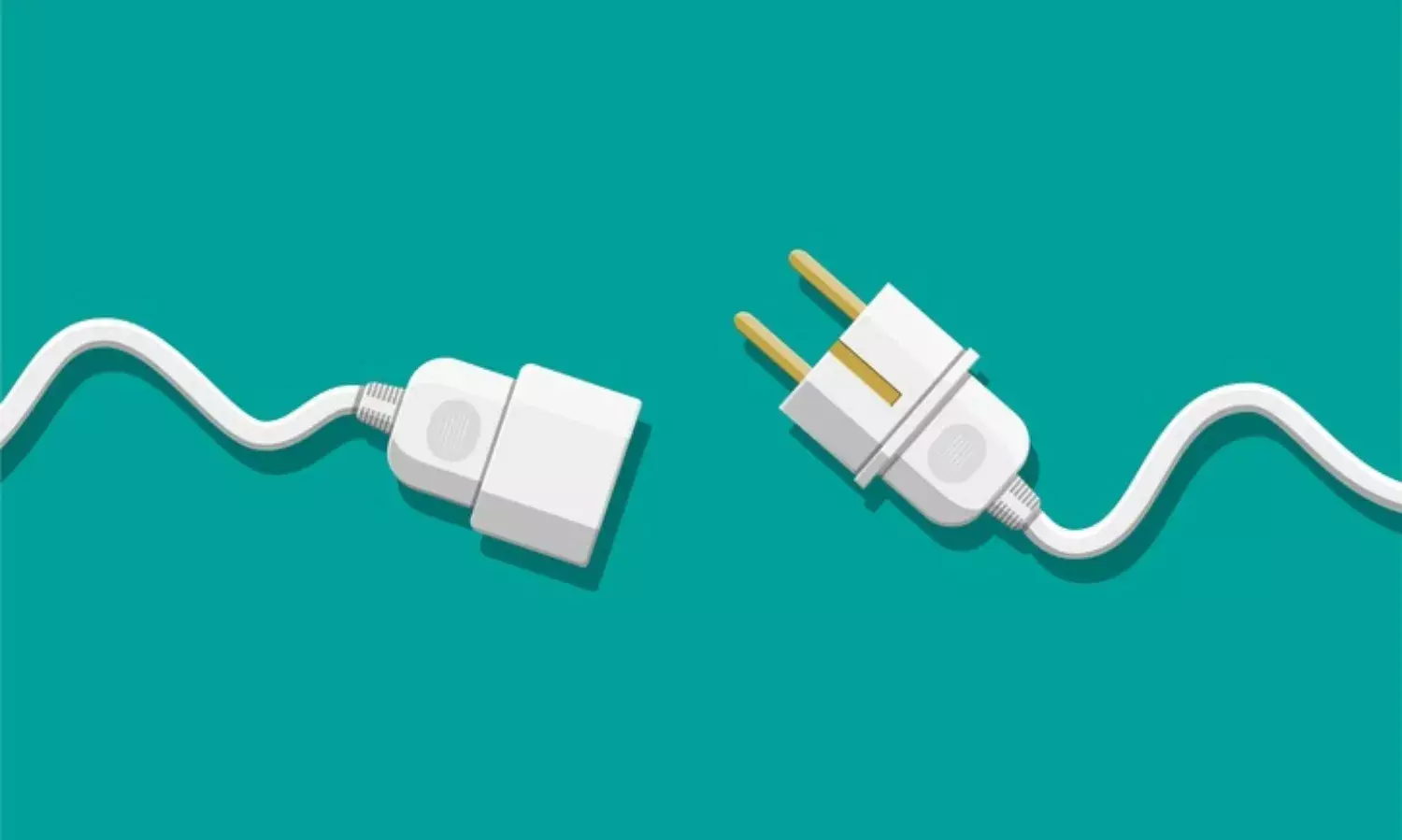Say Goodbye to Digital Divide: Steps towards Digital Equity
India experiences multiple categorical digital divides

Amongst causes like poverty, gender inequality, and unemployment, India has also been prey to Digital Divide in the past. Digital Divide or Digital Split is known as the social issue, which reflects the gap in accessibility of contemporary communication and information technology.
The digital divide in India is usually categorized as the Urban-Rural Divide, which highlights the factors like, lack of financial capabilities, opportunities, and lack of education. According to the research by NSO, more than 42 percent of the urban population have Internet-enabled houses but only 15 percent of the houses in the rural population have the accessibility to the internet. Even though the ratio seems very low, India is slowly rising from the major social concern of the digital divide. Each step towards digital equity ensures a better future for India.
Categories of Digital Divide in India
Apart from the digital divide witnessed concerning the urban-rural divide, India also experiences multiple categorical digital divides including:
Gender Digital Divide- With respect to technological accessibility, India denotes the highest gender gap in the world. Following GSMA's 2020 report on the mobile gender gap, it has been indicated that around 21 percent of Indian women access mobile internet. The report also highlights the low rate of women mobile users in India, which is around 63 percent in comparison to 79 percent of the male users.
Digital divide from digital illiteracy- Owning a smartphone in India does not imply complete accessibility to digitization as still India is suffering from the social concern of digital literacy. Digital literacy negates the synonymity of smartphone accessibility with digital equity.
Implications from Digital Divide
Political: Political mobilization and empowerment are certainly not possible without the true sense of digital connectivity all over India.
Educational: Digital divide causes a lack of educational opportunities amongst children, especially when the world is experiencing a global pandemic. Moreover, India does not have a strong evident position in the area of digital literacy, which restricts a chunk of the population from the provisions of digital accessibility.
Economic: Economic inequality is directly proportional to the digital divide, as people from backward areas cannot afford a smartphone or Internet access. On the other hand, the digital divide can cause a lack of opportunities amongst non-users. Opportunities of enquiry, information access, employment and skill-based training.
Social: Digital divide in India led to a hindrance in the social progress of India. Digital Equity has the potential of ensuring the weakening of backwardness, deprivation, and poverty in India due to the assurance of necessary information, opportunities, and accessibility to the world.
Governance: Accountability and transparency are the two constituents, which are ensured by digital connectivity. The digital divide reflects the potentiality of negatively affecting the e-governance programs or initiatives in India.
Moving towards Digital Equity
There are numerous initiatives, programs, and strategies implemented in India for proceeding forward, towards Digital Equity:
· Technology Act, 2000: Implication of Technology Act, 2000 for ensuring e-governance and e-commerce accessibility in India.
· Digital Mobile Library: Bridging the digital divide required collaboration between the Centre for Advanced Computing and the government of India.
· E-pathshala: This initiative allows the students, especially in rural areas to avail themselves of access to a plethora of study materials.
· Digital India Campaign: The government of India launched a Digital India campaign for ensuring the ease of accessibility of services for the citizens of our country. The campaign enables the availability of enhanced online infrastructure by prioritizing Internet connectivity and speed for transforming India into a digitally empowered country with the blessing of advanced technological accessibility.
· Unnati: A project by HPCL (Hindustan Petroleum Corporation) focuses on bridging the gaps which cause the digital divide by ensuring computer-based education for the students of rural regions.
· Service Centers: Establishing advanced infrastructure by the Government of India allows the population to experience digital reach, even from unreachable areas.
· Optical Fibre Network: This initiative allows the population of India to ensure faster broadband connectivity.
Other Contributing Factors
· COVID-19 Pandemic: The pandemic has brought numerous struggles and losses in the world. However, the protocol associated with human health safety has resulted in the rise of engagement, accessibility, and dependence on digital devices. People are adapting their skills or insights gained from digital literacy for enabling grocery shopping, clothing, or any other essential items with the use of smartphones and internet connectivity.
· Rise in Online Gaming: The gaming industry in India is growing exponentially, which attracts numerous national and international investors in our country to invest in infrastructural design. Also with the introduction of mobile games like Teen Patti, Rummy, Roulette, and many more, accessing your favorite games from the convenience of your home has become easier than ever.
Wrap Up
Digital Equity aims at a community with the full potential of digitization. The significance of Digital Equity can be witnessed in the progress of social causes such as insightful society, employment, cultural participation, and gender equality. The universal access to better internet connectivity, speed, government reformation through digitization, and smartphone accessibility in our country will revolutionize the current state of the 'digital divide'. Digital Equity will also ensure better opportunities for budding entrepreneurs, especially from rural India, thereby marking a brighter and transformed future. Although India has been a prey of the Digital Divide in the past, it is consistently moving towards the ultimate goal of Equity where the population will experience complete accessibility to devices and provisions generated from the phenomenon of digitization.



